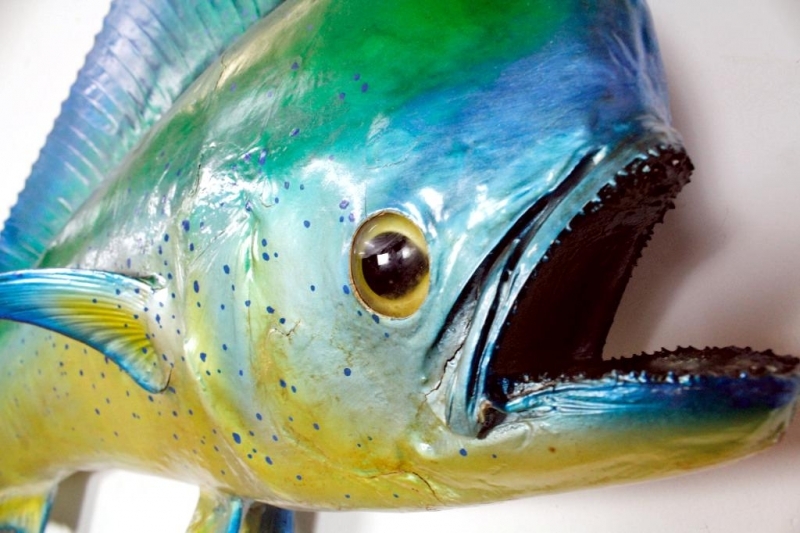
Threats that can cause drowningįor dolphins being able to hold their breath for extended lengths of time has been an evolutionary transition. Some dolphins may possess better lungs, organ systems, and breathing control than other species, or it could be the fact that some dolphins hunt for food at deeper depths, so they generally take longer dives than other species. Their ability to hold their breath may be a result of their physiology. Most of what is known about a dolphin’s ability to hold its breath is from observations of their lives. Some dolphins can only hold their breath for a few minutes (3 – 7 minutes) while underwater, while other species have been known to hold their breath for over 20 minutes during deep dives. When a dolphin is seen spouting water from its blowhole, it is actually water collected around the blowhole when the dolphin was submerged it is not water that has entered the dolphin’s blowhole and/or lungs which could cause the dolphin to drown or panic.įor a dolphin to dive into the water without worrying about inhaling water when it is submerged, the muscles surrounding the dolphin’s blowhole contract prevent the dolphin from accidentally taking in any unwanted water.Īs far as how long a dolphin can hold its breath varies depending on the species. Note: Remaining semi-awake can also help the dolphin react quickly to potential threats or predators by maintaining awareness of its surroundings. This can be extremely important when dolphins are at rest near the water’s surface as it makes it much easier for these marine mammals to acquire the oxygen they need with as little effort as possible.ĭolphins are known as conscious breathers, meaning they never fall completely asleep because if they did, they might drown, so when they go into a resting state, half of their brain remains alert to allow them to obtain oxygen when necessary easily. Second, by having a blowhole on the top of its head, a dolphin can rest at the surface of the water without having to lift its head all the way up to breathe. If a dolphins air passage was connected to its mouth and it accidentally inhaled water while hunting for food underwater, there is a good chance the dolphin would get water in its lungs and possibly drown, so in theory, the dolphin’s air passage mustn’t be connected to the dolphin’s mouth. To prevent the dolphin from accidentally sucking up the water when hunting for and consuming prey, the dolphin’s esophagus (food passage) remains separate from its nostrils and lungs (air passage), connected to its blowhole. This is very important for several reasons.įirst, when a dolphin dives underwater, it is actually holding its breath.

So while humans (and most land mammals) can both breathe and eat through their mouth, dolphins can only breathe through their blowhole and are incapable of breathing through their mouth in fact, dolphins don’t even possess vocal cords. To maximize their survival and make life easier, they have developed separate holes for breathing and eating. This is because there is a major difference between dolphins and land mammals, which is that dolphins live exclusively in the ocean.


While dolphins breathe air like other mammals, they also breathe uniquely to most mammal species.įor dolphins to inhale and exhale, they must breathe through their blowhole, not their mouth. Unlike fish, which are non-mammalian animals, dolphins do not possess gills (gills allow fish to extract oxygen from the water), so they must come to the surface of the water to breathe. Dolphins are marine mammals, and just like land-dwelling mammals, they require air to breathe.


 0 kommentar(er)
0 kommentar(er)
